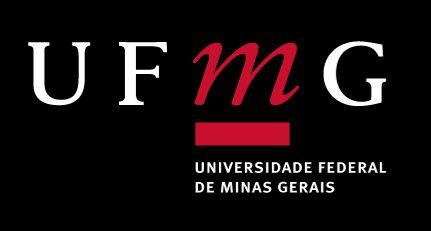Produção científica dos professores de cursos de Geografia das universidades federais de Minas Gerais analisada sob a ótica da Teoria das Elites (Princípio de Pareto)
DOI:
https://doi.org/10.35699/2237-549X.2017.16061Keywords:
Scientific production in Geography, Pareto Principle, Elites, Minas GeraisAbstract
This paper has examined quantitatively the knowledge production published in scientific journals by Professors of federal higher education courses in Minas Gerais over the past six and a half years. In general ways, we evaluated this production in the context of the Elite Theory and, in particular, in the context of the Pareto Principle. The Pareto Principle or Pareto Law states that 80% of effects come from 20% of causes and that is inevitable in almost all human activities the formation of one elite. The data for analysis were collected from the pages of the courses and / or departments and on the CNPq Lattes Platform. The results indicate that, in terms of the total production of papers in scientific journals, it is not possible to identify an elite according to the Pareto Principle. However, in terms of the most qualified and most impactful production, ie, those with JCR equal to or greater than 0.500, this elite exists and in many cases is responsible for 100% of this type of production. At the same time, it was possible to verify the lack of relationship between the number of professors in a department and their scientific productivity, and that, in Minas Gerais, the publication of geographic knowledge is numerous, but generally has low impact. Finally, it was possible to realize that, although the exceptions, few Professors can be very productive in terms of total and high impact publications.
Downloads
References
BANCESCU I, CHIVU L, PREDA V, PUENTE-AJOVÍN M, RAMOS A. Comparisons of log-normal mixture and Pareto tails, GB2 or log-normal body of Romania’s all cities size distribution. Physica A: Statistical Mechanics and its Applications, 526, 2019. doi.org/10.1016/j.physa.2019.04.253
GIMENES E R. Teoria das elites e as elites do poder: considerações sobre a relevância dos teóricos clássicos e de Wright Mills aos estudos de cultura política e democracia. Revista de Discentes de Ciência Política da UFSCAR, 2(2): 119-151,
GRYNSZPAN M. Ciência política e trajetórias sociais: uma sociologia histórica da teoria das elites. Rio de Janeiro: Editora Fundação Getulio Vargas, 1999. 255p.
IOANNIDES Y, SKOURAS S. US city size distribution: Robustly Pareto, but only in the tail. Journal of Urban Economics, 73 (1): 18-29, 2013. doi.org/10.1016/j.jue.2012.06.005
KLASS O S, BIHAM O, LEVY M, MALCAI O, SOLOMON S. The Forbes 400 and the Pareto wealth distribution. Economics Letters, 90 (2): 290-295, 2014. doi.org/10.1016/j.econlet.2005.08.020
NAOUM V, KYRIOPOULOS D, CHARONIS A, ATHANASAKIS K, KYRIOPOULOS J. The Pareto Principle (“80-20 Rule”) In Healthcare Services In Greece. Value in Health, 19 (7): A618, 2016. doi.org/10.1016/j.jval.2016.09.1563.
Downloads
Published
Versions
- 2022-04-15 (2)
- 2019-11-15 (1)
How to Cite
Issue
Section
License
Copyright (c) 2019 Revista Geografias

This work is licensed under a Creative Commons Attribution 4.0 International License.
Os artigos desta revista obedecem a licença Creative Commons — Attribution 4.0 International — CC BY 4.0









